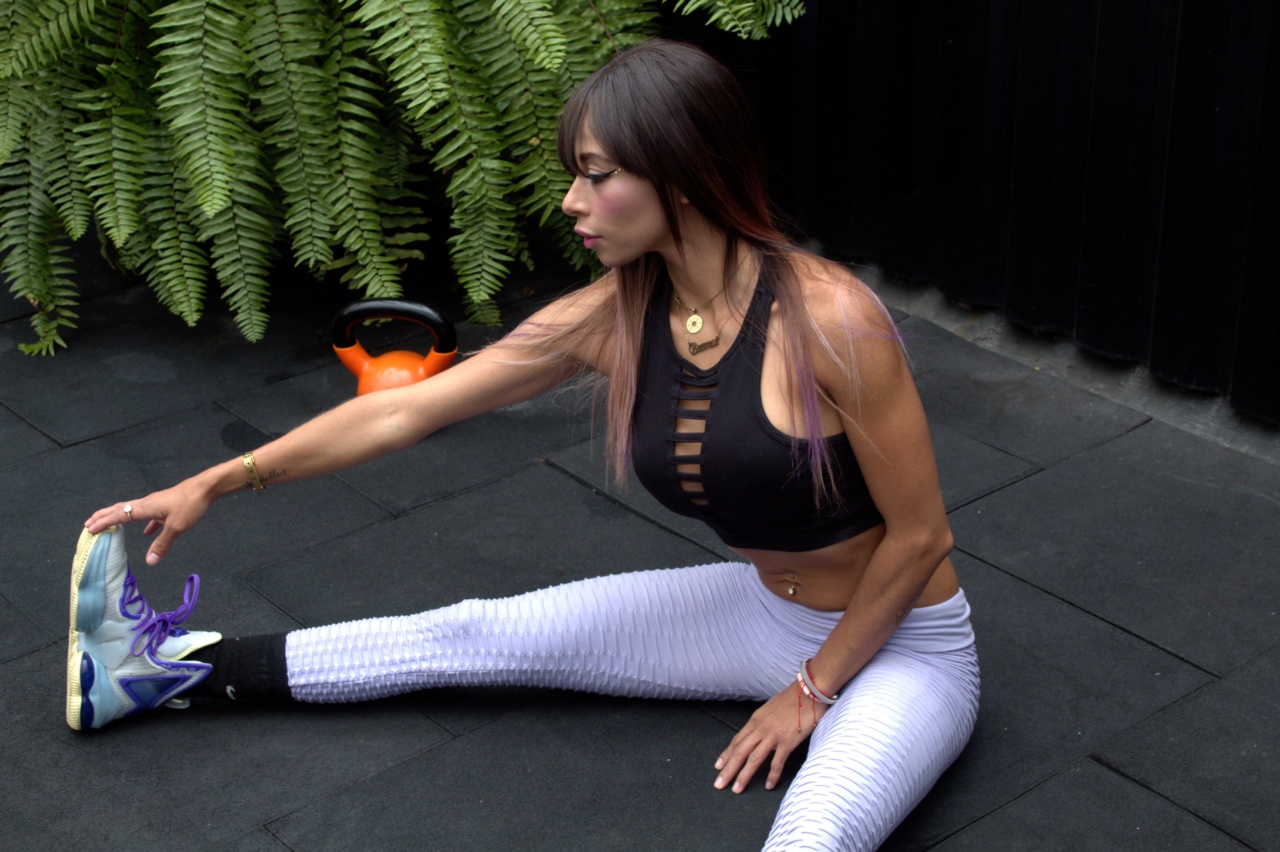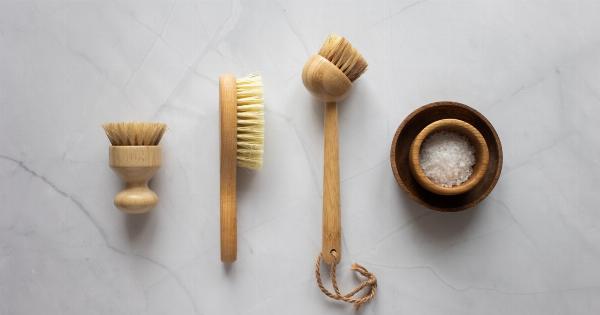As we age, flexibility becomes increasingly important to maintain mobility and prevent injury. This is especially true for those over the age of 50, as our muscles tend to naturally lose their elasticity with age.
However, with the right exercise routine and lifestyle habits, it is possible to maintain and improve flexibility into our later years.
1. Stretching
Stretching is a great way to improve flexibility and prevent stiffness. There are many different stretching techniques, including dynamic stretching and static stretching.
Dynamic stretching involves moving through a range of motion, while static stretching involves holding a stretch. It’s important to start slowly and work your way up to deeper stretches, as overstretching can cause injury.
2. Yoga
Yoga is a low-impact exercise that focuses on flexibility, balance, and strength. Many yoga poses involve stretching, and the practice also helps to improve posture and reduce stress.
There are many different styles of yoga, so it’s important to find a class or video that suits your abilities and preferences.
3. Pilates
Pilates is another low-impact exercise that focuses on core strength and flexibility. Many Pilates exercises involve stretching, particularly in the spine and hips. The practice can also help to improve balance, posture, and joint mobility.
4. Foam Rolling
Foam rolling is a self-massage technique that can help to release tension in muscles and improve flexibility. Using a foam roller, you can roll over tight areas such as the calves and hamstrings to break up knots and trigger points.
5. Massage Therapy
Massage therapy is a great way to improve flexibility and reduce muscle tension. There are many different types of massage, including Swedish massage, deep tissue massage, and sports massage.
Massage can also help to improve circulation, reduce stress, and boost relaxation.
6. Hydration
Staying hydrated is important for maintaining flexibility, as dehydration can cause muscles to become stiff and less pliable. Aim to drink at least 8 cups of water per day, and more if you are exercising or sweating heavily.
7. Nutrition
Eating a balanced diet rich in whole foods can also help to improve flexibility. Nutrients such as vitamin D, calcium, and magnesium are important for bone health and muscle function.
Eating foods high in anti-inflammatory compounds such as omega-3 fatty acids can also help to reduce inflammation and improve joint mobility.
8. Rest and Recovery
Rest is just as important as exercise for maintaining flexibility. Aim to get at least 7-8 hours of sleep per night to allow your muscles to recover and repair. Taking rest days between workouts can also help to prevent injury and improve flexibility.
9. Mobility Work
In addition to stretching, incorporating mobility work into your routine can help to improve flexibility. This can include exercises such as hip circles, shoulder rolls, and spinal twists.
Focus on moving through a full range of motion to improve joint mobility.
10. Consistency
Consistency is key for maintaining flexibility as we age. Aim to incorporate stretching and other flexibility exercises into your daily routine, even if it’s just for a few minutes at a time.
Over time, these small efforts can add up and improve your overall flexibility and mobility.

























